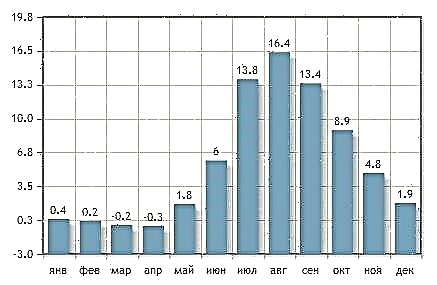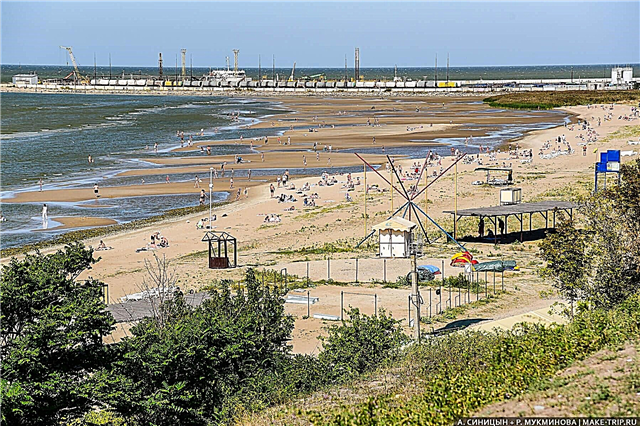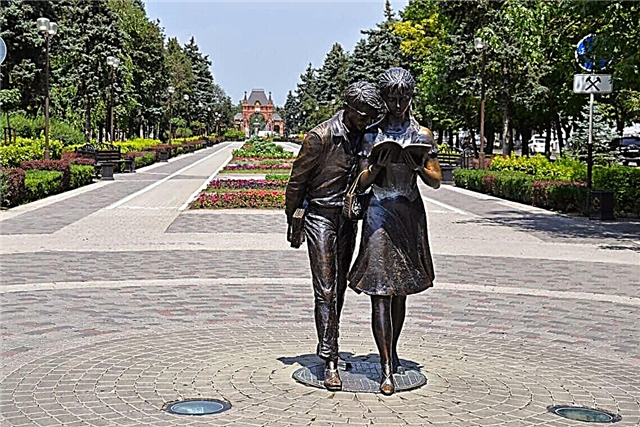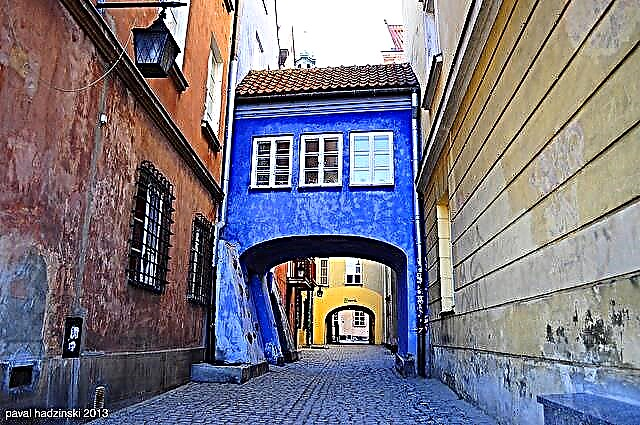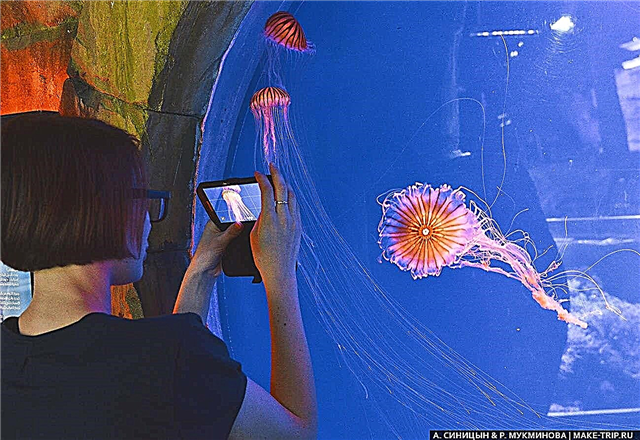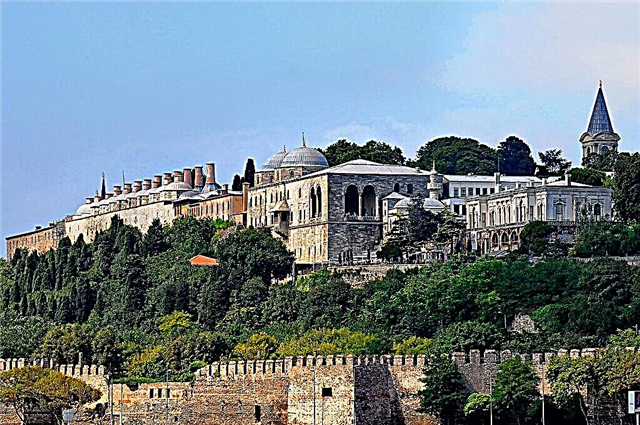Connecting Europe and Asia, today's Istanbul is one of the first cities in Turkey, yesterday's is the heart of the Byzantine and Ottoman empires. Its centuries-old status as a political and cultural center required appropriate development. At all times, the city was built up with majestic palace and park complexes.
Palace complexes of the XIV-XVI centuries were erected in the European part of the city, in the XIX century - already on both sides of the strait. Their style, both in external and internal decoration, harmoniously combines the traditions of Ottoman architecture with Western trends of Baroque, Rococo, and neoclassicism. Today, most of the palaces in Istanbul are open to visitors as museums, restaurants or hotels. Topkapi and Yildiz are included in the UNESCO World Heritage List.
The most beautiful historical palaces in Istanbul
List, photo with titles and descriptions!
Topkapi
The main residence of the Turkish padishahs was built in 1478 and retained this status until the 19th century. An ensemble of courtyards, covered pavilions, mosques, fountains are located on an impressive area of 700 thousand square meters. The sophisticated faceting of the stone facades blends Ottoman and Byzantine styles. High vaults and columns created spacious interiors decorated with paintings, gilding, and tiles. Today Topkapi is one of the top museums in Istanbul.

Dolmabahce
The construction of the new main palace of the sultans was initiated by Abdul-Majid I and completed by 1853. Padishah sought to build a palace more beautiful than the most famous European castles. Because of this, Dolambahce has a baroque style that is not typical of Turkish architecture. The rest of the palace traditionally consists of three main sections: the male half, the large hall, and the harem. From the sea side, a view of the openwork facade of the building 600 meters long opens.

Yildiz
At the time of the construction of the current palace, there was a building like a summer residence in its place. The overhaul began in 1880 and lasted 18 years. Yildiz became the last representative of Ottoman palace architecture. This is a combination of two-storey buildings made of wood and stone of different styles from classic to baroque, surrounded by a picturesque park. All windows are framed by carved wooden shutters. The palace was not divided into male and female chambers, which made it different from similar palaces of its time.

Maslak
The first pavilion on the site of the future palace group arose in the 19th century at the behest of Sultan Mahmud II. During the reign of Abdul-Aziz, the complex was supplemented with an Imperial mansion, Personal apartments of the ruler, Tent pavilion, General's quarters. All buildings are designed in the late Ottoman style. Maslak pavilions served as hunting lodges, around which a forest park with an area of 170 thousand square meters was spread.
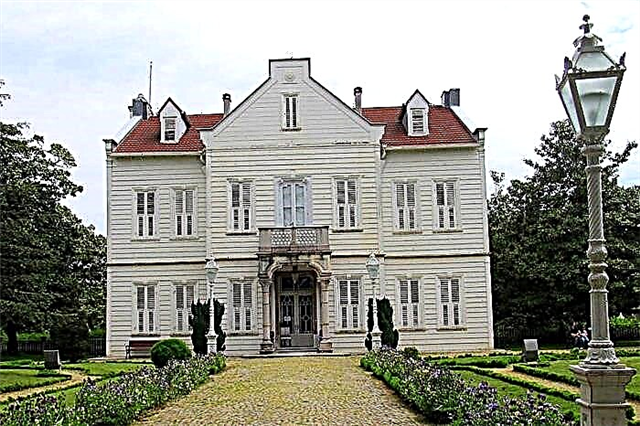
Chiragan
The structure, recreated from the ruins, is located in a picturesque park next to the Yildiz Palace. Chiragan was built in 1867. A fire in January 1910 caused significant damage to the building. In 1989, the palace was rebuilt with the participation of Japanese investors. It currently operates as a five-star hotel. You can get from Yildiz Park to Chiraghan Palace through the marble bridge.

Beylerbeyi
The former residence of the Turkish rulers is located along the coastline in the Asian side of Istanbul. The small but opulent palace was built in 1864 as the Sultan's summer villa. The palace is made of stone and white marble in the tradition of the Ottoman Baroque. In Beylerbeyi, a terraced garden was arranged and a tunnel was made from the palace to the park. Now the palace is surrounded by a landscaped park with a paid entrance.

Kyuchuksu
The palace is located on the Asian coast of the Bosphorus in the picturesque interfluve of the Geku and Kucuksu rivers. The stone palace was built in 1857 and replaced the wooden villa for a short summer vacation for the ruler with his family. A small two-storey building is skillfully decorated with bas-reliefs, stucco moldings, niches, columns in the spirit of the Ottoman Baroque. The arrangement of the halls was entrusted to the masters involved in the design of the Vienna Opera.

Tekfour
This ancient architectural monument is an echo of Istanbul's Byzantine past. The palace belongs to the XII - XIV centuries of construction. It is part of the Blachernae palace complex. Historians identify Tekfur with Porphyrogenitus' palace, referring to Byzantine sources. The complex has been preserved in a state of ruins, in which elements of the royal palace, monumental for its time, are guessed. Tekfur is the best preserved of any other Istanbul palaces from that period. Due to the growing tourist interest in this attraction, the complex began to be gradually restored.

Ykhlamur
The name of this former summer residence translates as “the palace under the linden trees”. Even now it is surrounded by linden groves. Two buildings of sandstone and marble - the ceremonial Merasim and the private Mayet - were completed by 1855. The facades were decorated with detailed baroque stone carvings. Despite the status of the Sultan's monastery, the size of the buildings was small. Now there is a museum and a restaurant.

Ibrahim Pasha Palace
This palace stands out from a number of similar buildings of the 16th century. It is made of stone, not wood, which was then used for residential buildings. Its appearance is similar to a defensive structure with powerful walls, devoid of pretentious decor. The palace got its name in honor of the eminent owner - the grand vizier of Pargala Ibrahim Pasha. After his execution, the palace was transferred to state ownership. From 1938 to the present day it is a museum of Turkish Islamic art.


